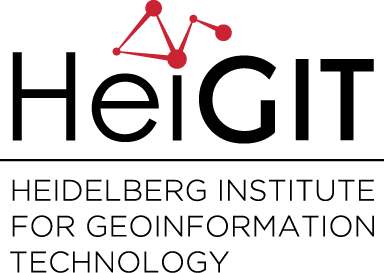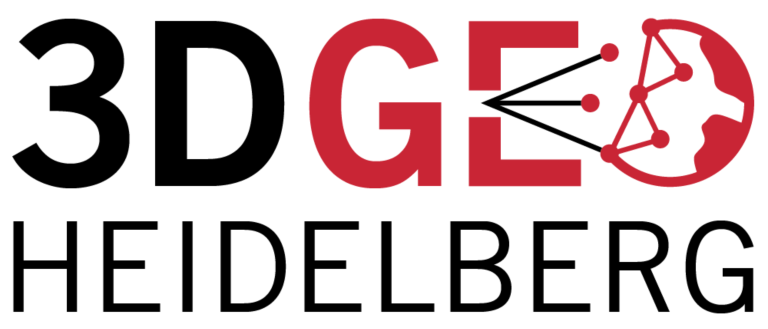Category: Research
-
Completeness of Citizen Science Biodiversity Data from a Volunteered Geographic Information Perspective
Observations of living organisms by citizen scientists that are reported to online portals are a valuable source of information. They are also a special kind of volunteered geographic information (VGI). VGI data have issues of completeness, which arise from biases caused by the opportunistic nature of the data collection process. We examined the completeness of…
-
Prize of “Runder Tisch GIS” for GIScience Master Thesis on Geospatial Analysis of the German Software Industry (Jan Kinne, Heidelberg)
The Master Thesis of Jan Kinne on the subject: “The Geographic Dispersal of the German Software Industry – Geospatial Analysis and Location Pattern Modeling” won the price “Nachwuchsförderpreis Geoinformatik 2017” of the “Runde Tisch GIS e.V.” in the category ‘Master Thesis’ with a value of 1.500 Euro. In addition Jan did also win the audience…
-
DeepVGI: Deep Learning with Volunteered Geographic Information
Deep learning techniques, esp. Convolutional Neural Networks (CNNs), are now widely studied for predictive analytics with remote sensing images, which can be further applied in different domains for ground object detection, population mapping, etc. These methods usually train predicting models with the supervision of a large set of training examples. However, finding ground truths especially…
-
3rd PhD Colloquium of Geoinformatics (DGK and DGPF) – Deadline extended for contributions unitl 30 January 2017
Dear PhD students working on algorithms in Geoinformatics be aware that we have extended the deadline for submissions to the 3rd PhD Colloquium of the DGK Section on Geoinformatics and the DGPF Working Group on Geoinformatics, which takes place in Würzburg, March 7, 2017 (prior to the DGPF Annual Meeting). The main goal is to…
-
CAP4Access Comes to a Close
On Tuesday 17th January, the CAP4Access/MyAccessible.EU came to a close after three years with the successful completion of the final European Commission review meeting in Brussels. Reviewers were highly pleased with the outcomes of the project, both on the technical and societal fronts. At GIScience in Heidelberg, through the EC FP7 project we have extended…
-
Why is it routing this way?
When using routing services that rely on OpenStreetMap data, the route engine might suggest you a path that seems to be longer than the shortest possible route you could identify on the map. The main reason behind this are either a lack of data completeness in OSM (for certain data attributes/ for certain regions) or…
-
Intrinsic quality assessment of building footprints data on OpenStreetMap
Recently some of our work on intrinsic VGI quality analysis has been published. In this work we propose a framework to assess the quality of OSM building footprints data without using any reference data. More specifically, the OSM history data will be examined regarding the development of attributes, geometries and positions of building footprints. In…
-
Follow up: Final version of study “Characterizing tufa barrages in relation to channel bed morphology in a small karstic river by airborne LiDAR topo-bathymetry” available online
The final paginated version of the paper summing up our study “Characterizing tufa barrages in relation to channel bed morphology in a small karstic river by airborne LiDAR topo-bathymetry” (see initial post) can now be accessed by everyone via https://authors.elsevier.com/a/1UDhp3qItqy7- for free till February 04, 2017. Profe, J., Höfle, B., Hämmerle, M., Steinbacher, F., Yang,…
-
GIScience Research Group support for Humanitarian OpenStreetMap team Fundraising Campaign
One main focus of the GIScience Research Group is the research and education with respect to advancing methods, technologies and applications of Volunteered Geographic Information – in particular OpenStreetMap – for applications from logistics to humanitarian aid. In this vein, the group has been also been supporting the work of the Humanitarian OpenStreetMap (HOT) team…
-
Results of study “Direct derivation of maize plant and crop height from low-cost time-of-flight camera measurements” published
In agriculture, information about the spatial distribution of crop height is valuable for applications such as biomass and yield estimation, or increasing field work efficiency in terms of fertilizing, applying pesticides, irrigation, etc. Established methods for capturing crop height often comprise restrictions in terms of cost and time efficiency, flexibility, and temporal and spatial resolution…


